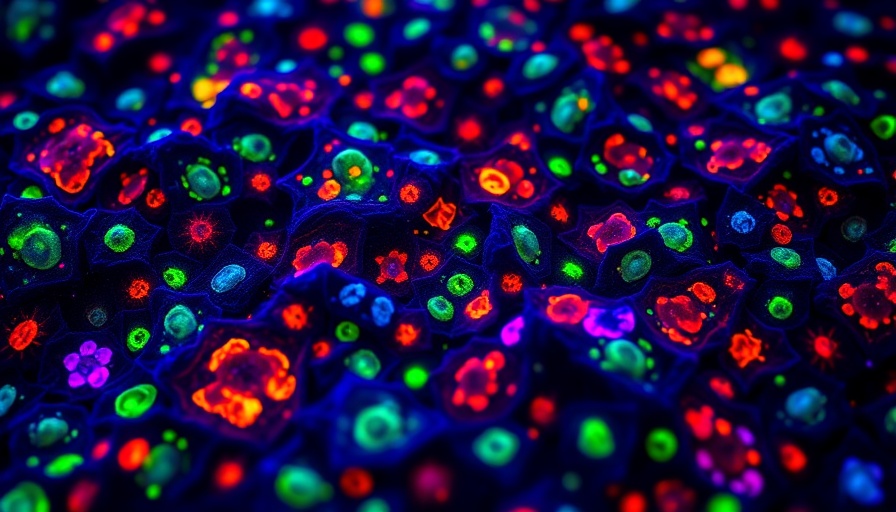
Understanding The New Landscape of Theoretical Neuroscience
Xiao-Jing Wang, a leading figure in neuroscience, recently launched a significant new textbook titled Theoretical Neuroscience: Understanding Cognition. This book serves as both a comprehensive guide and a call to action for the neuroscience community, emphasizing a pivotal shift in understanding cognition through the lens of theoretical frameworks. The book argues that current neuroscience has become somewhat stagnant, and the emergence of bifurcation theory can provide crucial insights into cognitive processes that have remained elusive.
A New Era of Cross-Level Mechanistic Understanding
In an illuminating conversation with Paul Middlebrooks, Wang discusses the evolution of neuroscience over the last half-century. He posits that the time is ripe for a theoretical renaissance, where cutting-edge mathematical tools can bridge the gap between neural activities and cognitive phenomena. "We need to think about cognition not just from a biological perspective, but also through mathematical modeling and computational simulations," he asserts, emphasizing the necessity of integrating these disciplines to foster deeper understanding.
Bifurcation: The Missing Link in Neural Explanations
Wang’s insistence on bifurcation as a foundational concept highlights a common misstep in neuroscience: the failure to adequately account for the complexities and unpredictability of neural networks. Bifurcation theory, often applied in physics, deals with changes in the structure of a mathematical system and can shed light on how cognitive processes can drastically change under different conditions. Delving into this approach may unlock new dimensions of understanding, for example, by explaining how simple neural circuits can lead to highly complex cognitive functions and behaviors.
Future Predictions and Opportunities in Neuroscience
Wang also offers future predictions that could redefine the field. He anticipates that advancements in technology, such as artificial intelligence and machine learning, will play pivotal roles in theoretical neuroscience. These innovations could enable researchers to simulate brain functions in dramatically more sophisticated ways than currently possible, allowing for real-time analysis and modeling of cognitive processes and their variations.
The Social Implications of Theoretical Neuroscience
The implications of Wang’s work extend beyond the laboratory. As our understanding of cognition deepens, so too do the potential applications in education, mental health, and artificial intelligence. For instance, comprehending the brain's mechanisms behind learning could revolutionize educational methods, crafting curricula that resonate with innate cognitive processes. Mental health treatments could also be enhanced by recognizing the neural patterns associated with various psychological conditions, leading to more targeted therapies.
Embracing Collaborative Research
The evolution of theoretical neuroscience lies in collaboration—a sentiment echoed by Wang throughout the discussion. He advocates for interdisciplinary approaches, urging mathematicians, psychologists, and neuroscientists to unite in examining cognition. Collaborative efforts can lead to richer insights and more robust discoveries, ultimately benefiting all fields involved.
Closing Remarks: The Evolving Nature of Understanding Cognition
The landscape of neuroscience is indeed shifting, steered by visionary scholars like Xiao-Jing Wang. His emphasis on theoretical frameworks and bifurcation invites the scientific community to reevaluate traditional models and embrace innovative approaches. As we navigate this new terrain, the promise of deeper understanding of cognition awaits, reshaping not only academia but the way society interacts with knowledge, education, and mental health.
 Add Row
Add Row 

 Add
Add 


Write A Comment